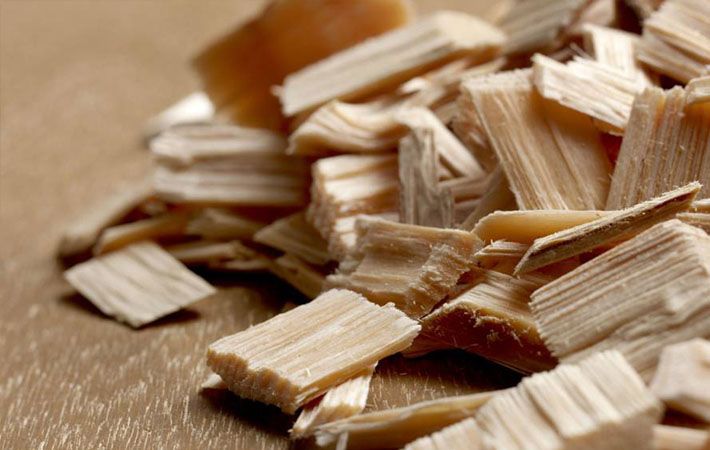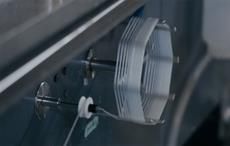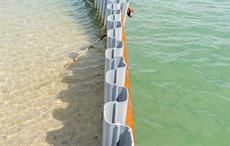
The Skutskär site produces fluff pulp used in hygiene products such as baby diapers, feminine care and adult incontinence protection products, as well as in air-laid nonwovens such as wipes, napkins and medical pads. The investment in new bleaching technology supports Stora Enso’s ambitious climate targets and will enhance both operational efficiency and the site’s carbon footprint performance, the company said in a press release.
With its science-based targets updated in 2021, Stora Enso commits to reducing absolute greenhouse gas emissions from operations by 50 per cent by 2030, aligned with the 1.5-degree scenario. The transition to new technology will enable a carbon footprint reduction of 5 per cent for the site’s products through resource and energy efficiencies.
The investment will enable the number of bleach lines to be reduced from three to two, improving cost competitiveness and creating opportunities for future development. Implementation is planned to start in Q1 2022, with the upgraded bleaching plant estimated to be in operation in Q2 2023, followed by decommissioning and closure of the obsolete bleach line in Q2 2024. The Skutskär site has an annual production capacity of 540,000 tonnes. It produces fluff, hardwood and softwood kraft pulp. The site employs approximately 420 people.
“Both with our products and in our operations, we aim for maximal performance with minimal impact on the environment. Our Skutskär site is already close to carbon neutral, and through this investment we are now taking the next important step towards a climate-positive contribution. Moreover, technology upgrade investments will further sharpen our competitiveness in the growing hygiene products sector,” Johanna Hagelberg, executive vice president, biomaterials division at Stora Enso said in a statement.
Fibre2Fashion News Desk (GK)

